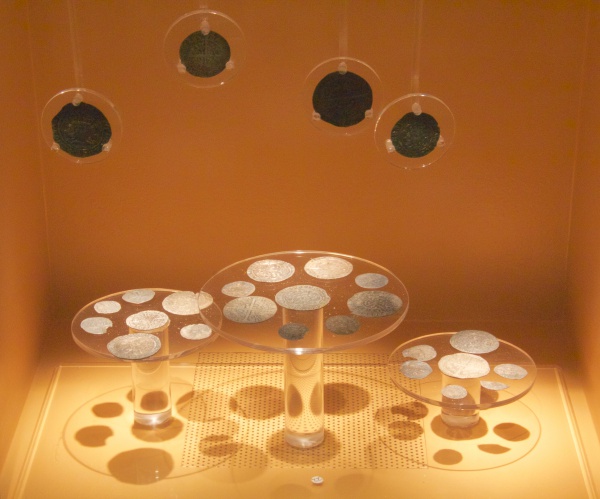Facts About Mitton Hoard
The Mitton Hoard is a captivating assemblage of silver coins discovered near Clitheroe in Lancashire, England. The precise date of the discovery remains somewhat ambiguous, with reports suggesting either 2006 or 2009. Today, these coins are prominently exhibited at the Clitheroe Castle Museum.
Mitton, the area where the hoard was unearthed, comprises two villages: Great Mitton and Little Mitton. The coins were found specifically to the west of Great Mitton, situated between the River Hodder and the River Ribble.
Dating back to the 1420s, the hoard includes 11 silver coins or fragments thereof. The oldest coins date from the reigns of Edward I or Edward II. The collection features English silver coins renowned for their high purity, alongside French fragments that are slightly less pure. These coins were likely in circulation around the same period and were probably lost or hidden in the late 1420s.
The hoard encompasses a variety of coin denominations, including pennies, half-groats, a halfpenny, and groats from different English monarchs. It also includes fragments minted for Gaucher V de Châtillon, who held the position of Constable of France. Curiously, while the official inventory lists 11 coins, the museum's display features more than that number, adding to the intrigue and mystique of the Mitton Hoard.

 Ireland
Ireland